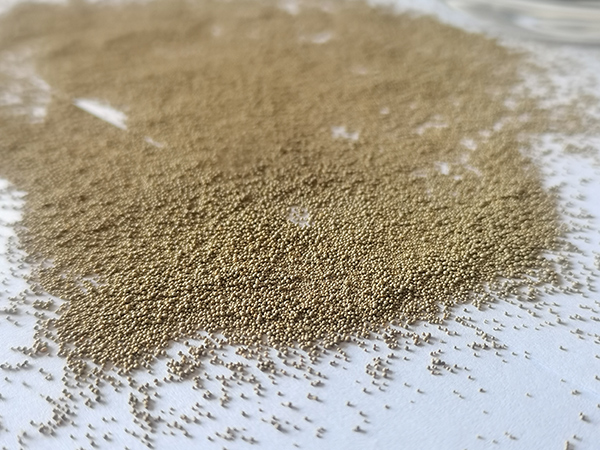The Role of Resin with Sand in Modern Applications
In recent years, the blend of resin with sand has garnered significant attention across various industries due to its versatility and robust properties. This composite material is particularly prominent in construction, art, manufacturing, and even in environmental applications. Understanding its characteristics, benefits, and applications can shed light on why it is increasingly being utilized in modern practices.
Composition and Properties
Resin is a synthetic polymer that, when combined with sand, creates a composite that exhibits remarkable durability and aesthetic appeal. The resin acts as a binding agent that encases the sand particles, resulting in a solid structure. This combination can be tailored in various ways, such as adjusting the types of resin used or the size and texture of the sand, leading to different outcomes in terms of strength, flexibility, and visual effects.
One of the most significant properties of resin-sand mixtures is their resistance to environmental factors. Unlike traditional materials, this composite is generally resistant to water, UV rays, and chemicals. This durability makes it an excellent choice for outdoor applications and in environments where other materials might degrade over time.
Applications in Construction
In the construction industry, resin with sand is often used in the production of cast stone and various architectural elements. It provides a lightweight alternative to traditional concrete, making it easier to transport and manipulate on-site. Furthermore, the aesthetic versatility of resin allows for a wide range of finishes and colors, enabling architects and designers to achieve their desired visual outcomes without compromising strength or durability.
resin with sand

Moreover, this composite material is increasingly used in the production of molds for precast concrete elements. The precision with which resin can mold sand allows for intricate designs that were previously challenging to achieve. As a result, the efficiency of production has been enhanced, and the design possibilities have expanded.
Artistic Endeavors
Artisans and sculptors have also embraced the combination of resin and sand to create stunning pieces of art. This material allows artists to experiment with textures and finishes, resulting in unique sculptures and decorative elements. The ability to cast intricate designs and shapes has revolutionized the way that artists can express their creativity. Additionally, resin’s transparency can be utilized to create layered effects with colored sand, allowing for even more artistic variations.
Environmental Applications
Beyond construction and art, the combination of resin and sand has found its way into environmental applications. For instance, resin-sand mixtures are increasingly being used for land reclamation and erosion control. The robust nature of this composite material makes it suitable for stabilizing earth and preventing erosion in vulnerable areas. Furthermore, resin can be formulated to include eco-friendly components, which can help mitigate environmental impact while still providing necessary structural support.
Conclusion
As we continue to explore the potential of resin combined with sand, it becomes evident that this material offers a plethora of possibilities in various fields. From construction and artistry to environmental sustainability, the adaptability and robustness of resin-sand blends make them a compelling choice for modern applications. As technology advances and more innovative methods of utilizing this composite are developed, it is likely that its presence in numerous industries will only grow, paving the way for new advancements and creative expressions. The future certainly looks bright for resin with sand, as it plays a crucial role in shaping sustainable and aesthetic solutions in our rapidly evolving world.
Post time:ታኅሣ . 23, 2024 06:45
Next:sand casting processes
